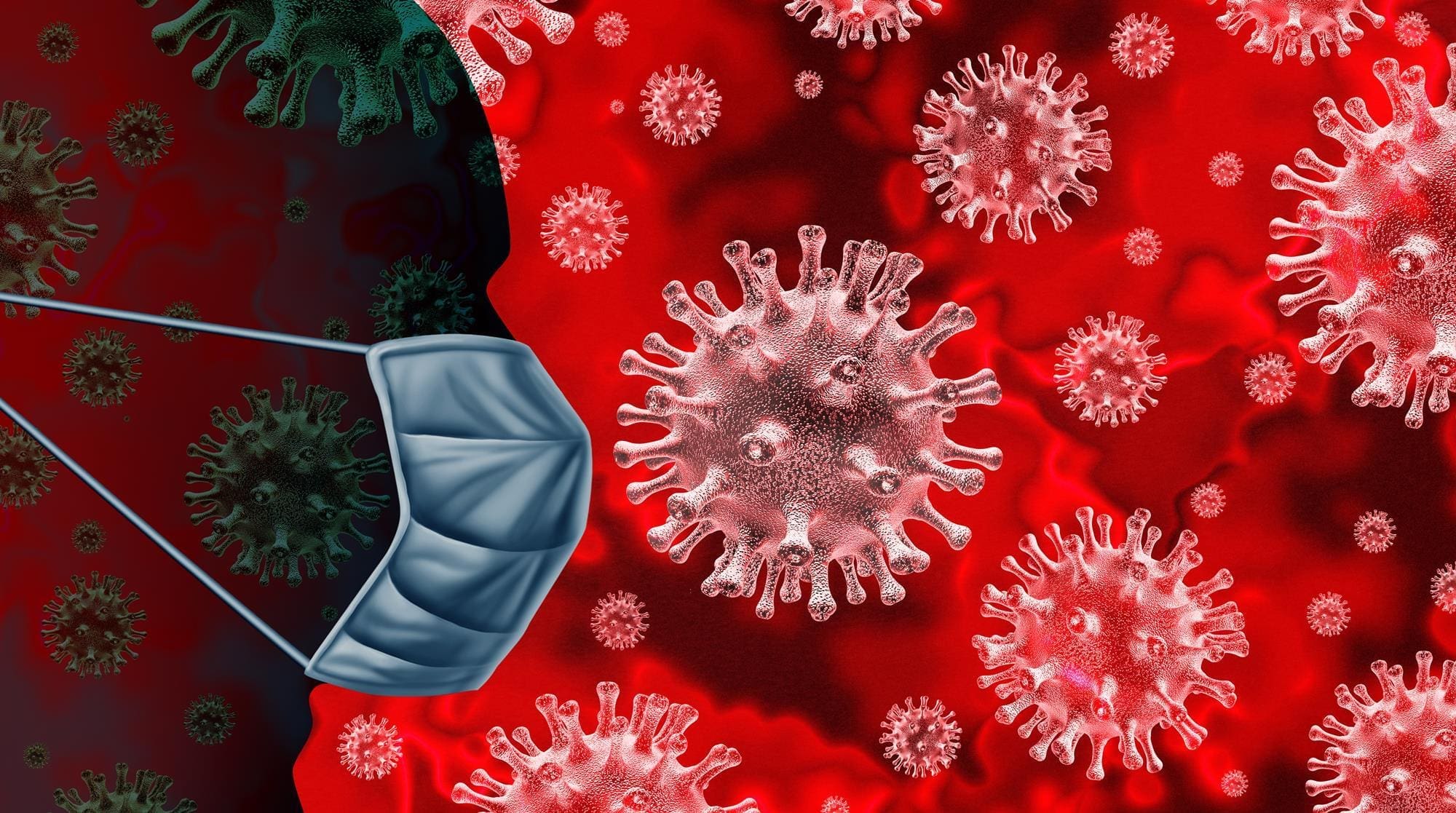One problem facing healthcare workers in the United States during the coronavirus outbreak is managing the supply of masks, gowns, and other personal protective equipment (PPE) to protect doctors and nurses treating COVID-19 patients.
One solution some healthcare workers found was to reuse PPE, but this also meant the virus and other bacteria could be present on the masks or garments, putting them at higher risk.
Now, researchers at the University of Pittsburgh may have come up with a solution to this problem. A team from the Laboratory of Advanced Materials at Pittsburgh (LAMP) Lab at the university’s Swanson School of Engineering has developed a textile coating that can not only repel bodily fluids like blood and saliva but can prevent viruses from adhering to a surface.
Researchers commenced their work before the coronavirus pandemic, so they did not know that it might potentially be a critical solution not just for healthcare professionals, but for anyone who wants protection against the virus, said Paul Leu, one of the researchers on the project and associate professor of industrial engineering.
When we began working on this coating before the pandemic, we thought this work would be most relevant to healthcare professionals, who are exposed to higher concentrations of different microbes and viruses,” Leu, who leads the LAMP Lab, told Design News. “In the current health-risk crisis, this coating may be of relevance to practically everyone due to the importance of wearing masks as protection.”
Researchers developed the coating using polypropylene (PP) microfibers and polytetrafluoroethylene (PTFE) nanoparticles, Leu explained, which are critical materials to its functionality.
“The combination of these two polymers trap air due to small size and hydrophobic properties,” he told us. “The trapped air repels liquid droplets and virus particles in a liquid medium.”
The coating also can withstand ultrasonic washing, scrubbing, and scraping without eliminating its repellent ability, something that is not common to other similar textile coatings, which allows for textiles to be reused safely.
Protecting Frontline Medical Workers
The coating would be especially beneficial in a medical setting, where it could be used to coat reusable textiles, including masks, scrubs, hazmat suits, and linens, Leu told us.
“There is also a shortage of medical supplies right now, so we are targeting creating coatings that are wash-stable and have high durability,” he explained to Design News. “This is in contrast with disposable or single-use medical textiles.”
If medical professionals wear PPE coated with the material, it would improve the protection they receive when treating patients in a hospital setting, researchers said.
“There is a risk of infection when doffing, or removing PPE, and we believe this coating would mitigate that risk by reducing the amount of infectious material that may be present on the PPE,” Leu told us. “Additionally, the coating repels bodily fluids such as blood, saliva, and sweat, which are the common way infectious material travels.”
It also could be used to coat the face masks that are becoming ubiquitous throughout the world as people go about their daily tasks in public and try to protect themselves and others from contracting coronavirus, he said.
Because of the current health crisis, the coating could be fast-tracked for availability in the near future, Leu added.
Researchers published a paper on their work in the journal ACS Advanced Materials and Interfaces.
The team is currently advancing their research to test the coating repellent on betacoronavirus as well as investigating the invention of potential virus-killing coatings. Researchers also are collaborating with a textile manufacturer and Children’s Hospital of Pittsburgh to test the stability of new PPE technology that uses the coating, Leu said.
source: Design News

